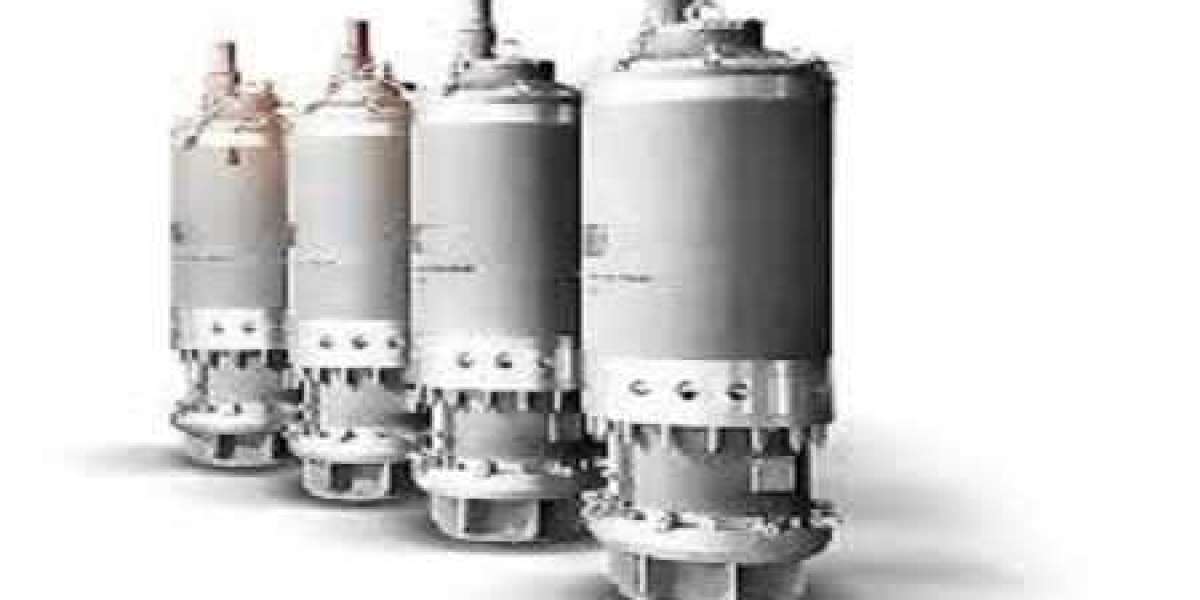In the realm of real estate, the savvy investor is constantly seeking opportunities to unlock hidden value. One such avenue that has gained popularity in recent years is the purchase and renovation of rehab houses for sale. This comprehensive guide aims to provide prospective buyers with insights, strategies, and essential tips to navigate the intricate process of buying and renovating rehab properties, turning them into lucrative investments.
Understanding Rehab Houses
Rehab houses, often referred to as fixer-uppers or distressed properties, are homes that require varying degrees of repair and renovation. These properties can range from modest family homes to historic residences, presenting a spectrum of opportunities for investors with different preferences and budgets.
Identifying the Right Property
The first step in the journey of unlocking value through rehab houses is identifying the right property. Thorough market research and due diligence are essential to understanding the neighborhood, local property values, and potential resale or rental values. Consider factors such as schools, amenities, and the overall development potential of the area.
Assessing the Scope of Renovation
Before committing to a purchase, a detailed assessment of the property's condition is crucial. Hire a qualified home inspector to identify structural issues, electrical and plumbing problems, and any other potential red flags. This evaluation will help in estimating the costs of renovation and avoiding unforeseen challenges down the road.
Financing the Purchase
Once a suitable rehab property is identified, securing financing is the next critical step. Traditional mortgages may not be the most viable option for rehab houses, as many lenders are hesitant to finance properties in need of significant repairs. Explore alternative financing options such as renovation loans or private investors who specialize in rehab projects.
Creating a Realistic Budget
Successful rehab projects hinge on a well-thought-out budget that accounts for both the purchase and renovation costs. Include a buffer for unexpected expenses, as renovation projects often uncover hidden issues. A realistic budget will help investors stay on track and avoid financial pitfalls.
Navigating the Renovation Process
Hiring a Competent Contractor
Selecting the right contractor is paramount to the success of any rehab project. Look for professionals with experience in renovating properties similar to the one you're considering. Obtain multiple quotes and references, and ensure that the contractor is licensed and insured.
Prioritizing Renovations
Not all renovations are created equal. Prioritize upgrades that add the most value to the property, such as kitchen and bathroom remodels, roof repairs, and energy-efficient improvements. This strategic approach ensures that the renovation budget is allocated to projects that yield the highest return on investment.
Utilizing Sustainable and Cost-Effective Materials
Incorporating sustainable and cost-effective materials can significantly impact the overall project cost and long-term value of the property. Explore options that balance durability, aesthetics, and budget considerations. Energy-efficient appliances and eco-friendly building materials not only appeal to environmentally conscious buyers but can also lead to long-term cost savings.
Marketing and Selling the Rehabbed Property
Professional Staging and Photography
Presenting the rehabbed property in the best possible light is essential for attracting potential buyers. Invest in professional staging and photography services to showcase the property's full potential. Well-lit, inviting spaces depicted in high-quality images can significantly impact a buyer's perception.
Pricing Strategically
Determining the right selling price is a delicate balance. Consider the initial investment, renovation costs, and the current market conditions. A competitive yet realistic price will attract potential buyers while ensuring a profitable return on investment.
Conclusion
Unlocking value through buying and renovating rehab houses requires a combination of market knowledge, financial acumen, and strategic planning. While the process may present challenges, the potential for significant returns makes it an enticing venture for real estate investors. By carefully selecting properties, managing renovations effectively, and employing smart marketing strategies, investors can turn rehab houses into profitable assets in their portfolio. As with any investment, thorough research, diligence, and a clear understanding of the market dynamics are key to success in the dynamic world of rehab property investing.






